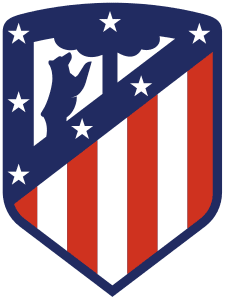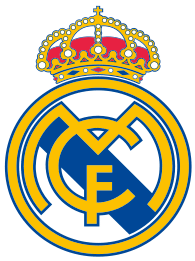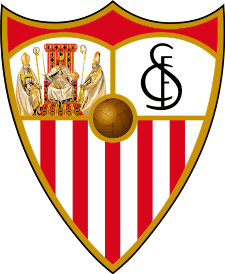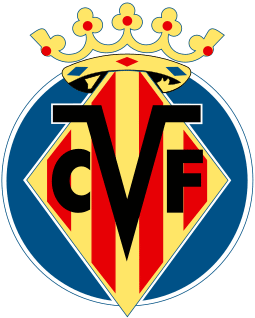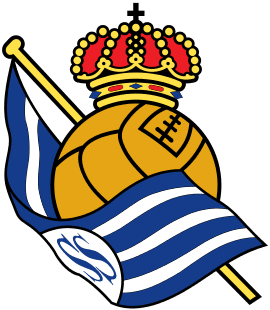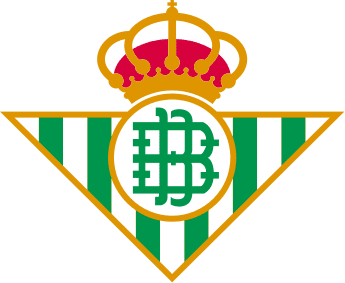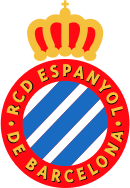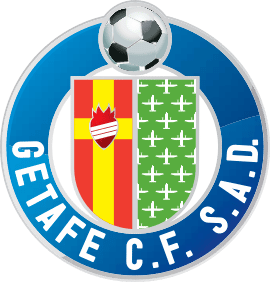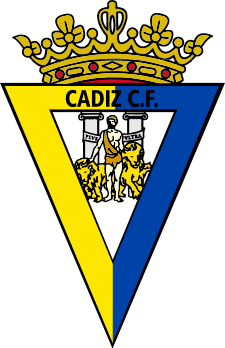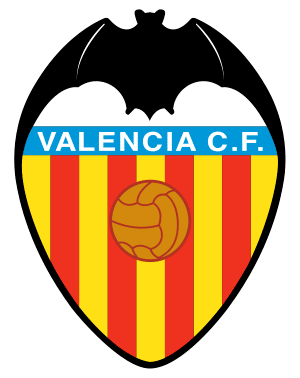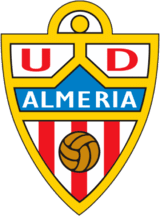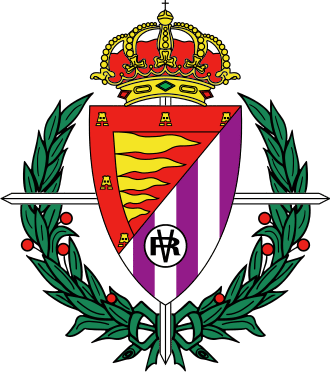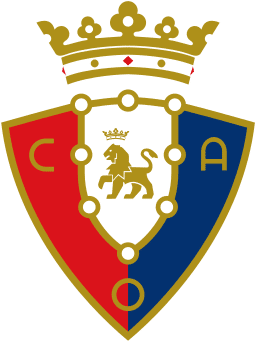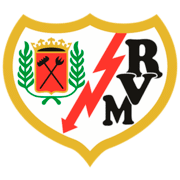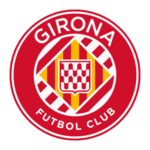Real Zaragoza Tryouts & Club Guide: History, Stadium, Players, and More!

Welcome!
Discover the world of soccer with fcscout.com, your go-to scout for club tryout information, club guides, player profiles, in-depth product reviews, and more. We’re dedicated to exploring and revealing the best in each domain, empowering you with knowledge to make informed choices.
Thank you for being here!
Hi, I’m Carlos! A coach, sports enthusiast, and the founder of FCScout.com.
I fell in love with the game at a very young age like many of you. I’ve been following and playing soccer for many years.
Throughout my career, I always enjoyed helping soccer players chase their dreams, which is why I started this website. I wanted to reach a larger audience outside of my local area and fcscout.com was born.
This website is a platform I will be using to update club pages on any tryouts, stadiums, players, tech, and more from clubs around the world. I also create free recruitment profiles for players looking to have that extra competitive edge when reaching out to clubs.
That’s it. That’s my pitch for you to stick around (or browse the site as you please).
This is already too much text for a “see more” drop-down button thing. If you want to reach out to me, head on over to my contact page 🙂

Real Zaragoza is a Spanish professional football club in Zaragoza, Aragon, Spain. The club competes in the Segunda División, the second tier of Spanish football.
Real Zaragoza Youth Development System
The Real Zaragoza Academy is composed of numerous teams that make up the Club’s grassroots football. The lower categories include Juvenil, Cadete, Infantil, Alevín, in which the young footballers grow as players and people, with the support of the group of coaches who prioritise the development of the player, without obviating the competitive aspect.
Reserve Team
Real Zaragoza Deportivo Aragón is the reserve team of Real Zaragoza.

Real Zaragoza Recruitment Trials
At the time of this writing, there are no official publications on Real Zaragoza trials. Please come back at a later date while we monitor this club or click here to visit their official youth academy news page for the latest updates.
EXPLORE MORE CLUBS!
Explore more professional clubs by continent.
Real Zaragoza History
Real Zaragoza was initially founded from two competing teams, Iberia SC and Real Zaragoza CD. The team made its maiden appearance in La Liga in 1939, following a three-year hiatus due to the Spanish Civil War, and finished in seventh place out of 12 teams, but was demoted the following year. The team returned to the top division one year later, only to be quickly relegated back to the lower level. It stayed in Segunda División until the conclusion of the 1950–51 campaign, when it gained promotion by placing second in a play-off league.
The squad moved from its first home, El Torrero, to its new stadium, La Romareda, on September 8, 1957.
Beginning with the 1960–1961 season, Zaragoza enjoyed a period of great success. During this time, the team featured some of the best players to ever compete in Spain, and they were given the nickname “Los Magnificos” as a result of their accomplishments. The team was not successful in winning the league championship, but it did finish in the top five every year until 1968–1969, including two third-place finishes. Additionally, the team was victorious in the 1963–1964 Inter-Cities Fairs Cup and its first two Copa del Rey championships.
Canário, Carlos Lapetra, Marcelino, Eleuterio Santos, and Juan Manuel Villa were all members of the legendary attacking line for Zaragoza. The Peruvian Juan Seminario, who began his career in Spain with Los Maos before moving to Barcelona, won the Pichichi Trophy in the 1961–62 campaign by scoring 25 goals in 30 matches as Zaragoza finished in fourth position.
In the 1973–74 season, Zaragoza finished in third place, and the next year, they improved to a best-ever second place, but Real Madrid defeated them in the championship match. In addition, the team was beaten by Atletico Madrid in the final of the domestic cup in 1976 with a score of 0–1. The club spent two seasons in the second level throughout the decade, but was successful in gaining promotion on both of its attempts to play at that level.
Zaragoza defeated Barcelona 1-0 to claim their third consecutive Copa del Rey title in 1986. The club concluded the 1990–1991 season in 17th position, which meant that they had to compete against Real Murcia in the promotion/relegation play-offs; on 19 June 1991, after a 0–0 draw on the road, a 5–2 triumph at home ensured that the squad was able to keep its top level status.
In 1991, Victor Fernández was given the position of manager. Zaragoza defeated Arsenal in the final of the UEFA Cup Winners’ Cup on May 10, 1995, at the Parc des Princes in Paris. On their way to the final, Zaragoza defeated teams such as Feyenoord and Chelsea. This victory came exactly one year after Zaragoza defeated Celta de Vigo to win the Copa del Rey. Both teams entered extra time with the score tied at 1–1, and in the 120th minute, Nayim hit a half-volley from just past the halfway line, putting the ball beyond the reach of goalkeeper David Seaman for the final score of 2–1. The club then competed in the 1995 UEFA Super Cup against Ajax, but they were defeated 1–5 on aggregate despite drawing at home in the first leg. Victor Fernández was fired from his post.
The decade of the 2000s brought Zaragoza a further two Copa del Rey titles, including the 2003–04 edition against Real Madrid in Barcelona (3-2 after extra time). However, the club also suffered top-flight relegation in 2002 after narrowly avoiding so the previous season. However, the club achieved immediate promotion in 2003. In late May 2006, Agapito Iglesias purchased Alfonso Solans’ shares and Pablo Aimar was acquired from Valencia for the price of €11 million during his first year in control of the club, while previous manager Victor Fernández also came back to work for the organization.
Real Zaragoza finished the 2006–07 season in sixth place, which allowed them to qualify for the UEFA Cup. The majority of the credit for this achievement goes to Diego Milito, who scored 23 goals. He finished third in the race for the European Golden Shoe, behind Roma’s Francesco Totti (26 goals) and Real Madrid’s Ruud van Nistelrooy (25 goals). However, the following season resulted in the team being demoted (18th position among 20 teams with only 10 wins in 38 matches, including only 1 away win in 19 games) – for the second time in the decade. In addition, the team was knocked out of European competition in the first round. The legendary club coach Vctor Fernández returned for a second stint, despite the fact that he was fired in January 2008 due to the fact that the club had four different managers throughout the campaign. Ricardo Oliveira scored a brace on the most recent matchday, but it was not enough to prevent the team from suffering a 2–3 loss on the road against Mallorca. The final score was 42 points for the club, while Osasuna had 43.
The first time they tried, Zaragoza was successful in gaining promotion from the second tier. A youth graduate named David Generelo and an ex-Real Madrid defender named Francisco Pavón scored for the team on the final matchday, which took place on June 20, 2009. The team’s result was a 2–2 draw at Rayo Vallecano. They are now only one point behind table leaders Xerez. Nevertheless, Zaragoza was the best team at home that season, gaining 50 of their 81 points in home games. Despite this, Zaragoza was relegated following the 2012–13 Liga season after finishing in last place. This came after four seasons in which they primarily spent their time in the bottom half of the table .
Real Zaragoza Stadium
Estadio La Romareda is the home stadium of Real Zaragoza, in Zaragoza. Real Zaragoza and CA Osasuna played the first game there on September 8, 1957, and it was the opening ceremony (4–3). The official capacity of the stadium is 33,608, while the average number of spectators present for Real Zaragoza matches is about 20,000. At the moment, it is the largest stadium in Aragon as well as the twelfth largest in Spain overall.
In 1977 and again in 1982, when it hosted games at the 1982 FIFA World Cup, the stadium underwent a number of renovations and improvements. During the 1992 Summer Olympics, the stadium hosted football group matches as well as a quarterfinal match. In 1994, it was converted into a stadium with just seats. In addition, the FIRA Trophy match between Spain and Romania that took place in Zaragoza in 1994 took place in the stadium. Plans to construct a new stadium in Zaragoza have been scrapped.
During Jaca’s unsuccessful campaign to host the 2014 Winter Olympics, La Romareda was considered for consideration as the Olympic Stadium.
The expansion of La Romareda into a stadium with 43,000 seats was scheduled to commence on April 17, 2006, and it was anticipated that the work would be completed in time for the Zaragoza Expo in 2008. However, in order to prevent the proposed construction from going through, a political party known as PAR initiated legal action and asserted in their complaint that the populace will suffer as a result of the expansion of the stadium. The suspension was issued by the judge, and as a result, the works came to a halt.







